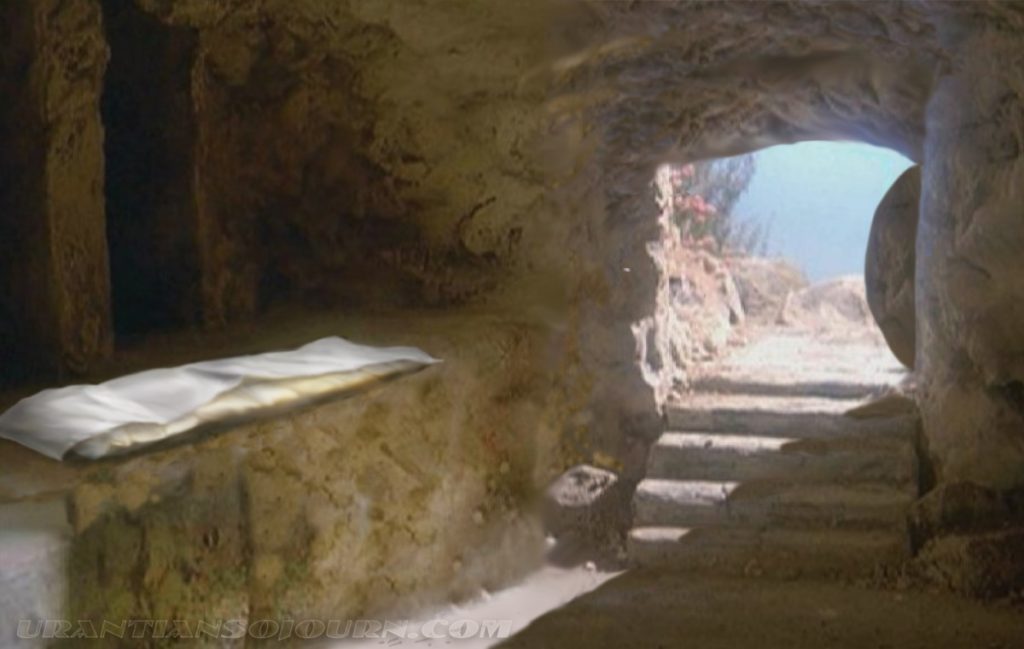Truth 8: He could have easily escaped the Tomb …
*Truth #08: JESUS COULD HAVE EASILY ESCAPED HIS TOMB …
Initially note that in three of the four Gospel accounts of the discovery of “the empty tomb”, the stone covering its entrance had been already removed before the witnesses’ arrival (see Mark 16:4, Luke 24:2 & John 20:1). In the divergent account (Matthew 28:2-3), it was an apparent “angel of the Lord” who did so, and yet Part 1 of this very treatise (“Reconciling the Resurrection”) points out that the only way to harmonize the four Gospel accounts at this point in the story is to have Mary Magdalene later realize that this “angel” was actually Jesus himself – that what she actually witnessed was Jesus rolling back the stone and exiting the tomb of his own accord.
And this is a fully reasonable assumption to make … Archaeological evidence has shown that tomb-blocking stones in 1st-century Judea were actually relatively small – with most of them being between three and four feet in height. All of them are made of limestone, making them too heavy to lift, but certainly not too heavy to push over or roll to one side. Indeed, the Bible itself notes that Joseph of Arimathea rolled the tomb-blocking stone of Jesus’ sepulcher in place all by himself (see Mark 15:46 & Matthew 27:60), and if an elderly man could do so, then it is not unreasonable to believe that a wounded-yet-fit younger man (Jesus, after he awoke from his drug-induced stupor) could have done so as well.
And remember as well, there were no guards watching over the tomb until the day after Jesus was placed therein (see Matthew 27:62-65); meaning that Jesus could have awoken in his tomb that first night, rolled the blocking-stone away, and easily escaped unnoticed into the night.





 ;
;